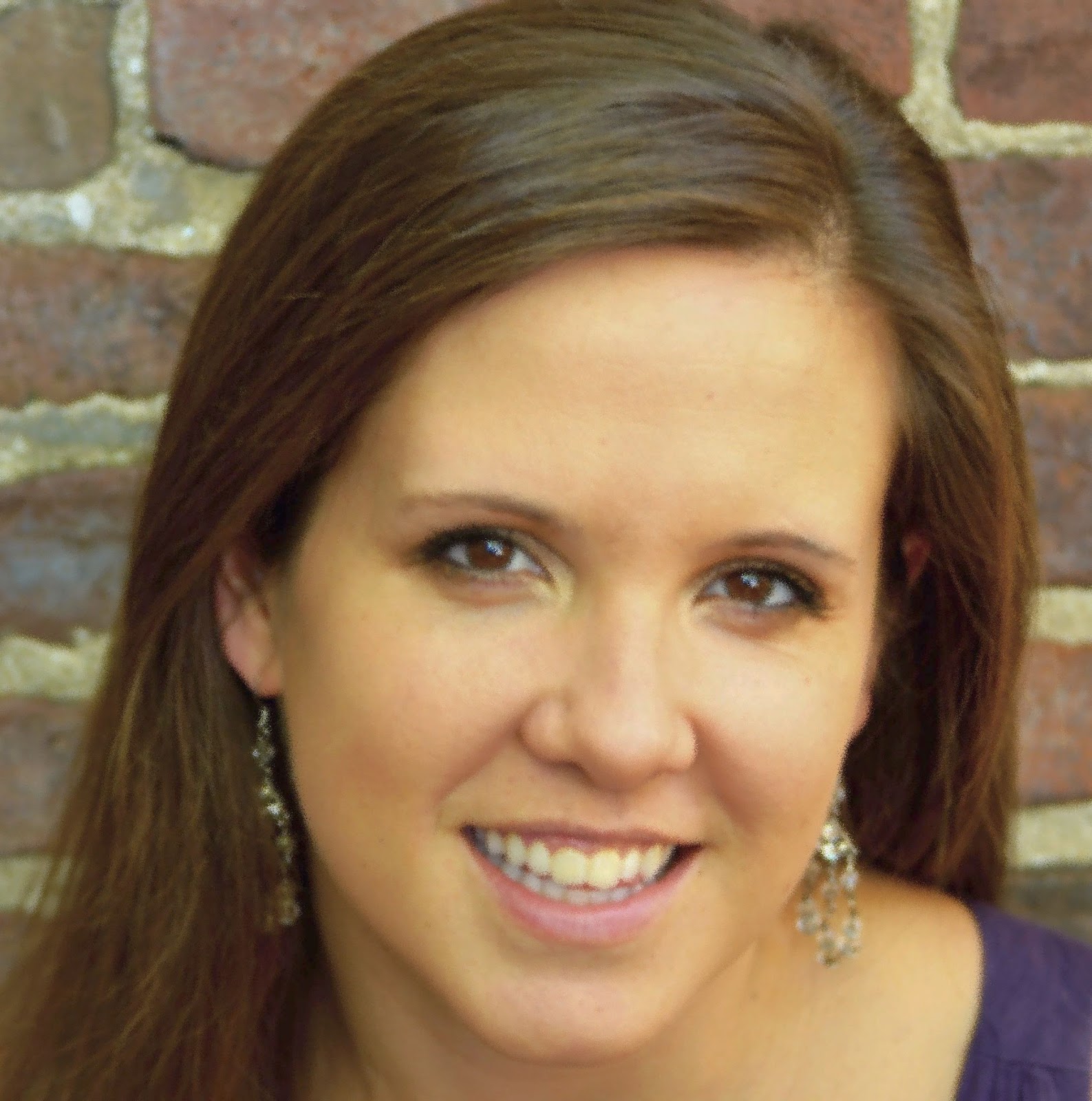Writers’ Lab: Make Your First Draft Fun
For the Writers’ Lab, I invited the multi-talented writer Shawndra Russell to share her advice on writing, and on being a productive writer.
Shawndra is a former high school English teacher turned author, releasing Couple Friends in August 2012. She is finishing several eguides about freelance writing, social media and using Kickstarter to publish your first novel that will all be published in 2013 as well as her second novel, Keepsakes. She’s also a frequent Twitter poster at @ShawndraRussell. Learn more about her writing and social media services at www.shawndrarussell.com.
I am a freelance magazine and newspaper writer, published novelist, and I write social media and marketing content for small businesses. I’ll share a little bit about how I approach each type of writing and how I churn out at least 15,000 words a week for these different mediums.
My favorite kind of writing is novel writing, and my favorite part of that format is the first draft. I participated in NaNoWriMo in 2011 and cranked out 72,145 words in 17 days. It was thrilling, I didn’t forget what I’d already written because I was never too far away from it, and I had a full (yet nowhere near finished) manuscript at the end. I write pretty much everything I do now in this whirlwind first draft style, then just go back and edit until it’s polished.
I start my novel writing with a scene by scene outline, and I tackle each one and then plow on to the next with no rereading, no self-doubt (well, not much). My first novel, Couple Friends, didn’t require much research because it was set in Savannah, Georgia where I live, and the characters were easy to write because they were realistic and felt familiar. The downside of this style of writing is the seemingly endless rounds of editing, so for my next novel, I am going to hire a line editor instead of a developmental editor like I did for Couple Friends.
For magazine/newspaper writing, I like to gather as many details as I can, copy and pasted straight from websites and reviews. I also reach out to several people that relate to the story and email them a series of questions. I always ask more than I need to and always ask more people than I should because that way I can select the best answers plus I can utilize the unused information for another article or blog post to tease the bigger article. These answers are also copy and pasted into my document so I can read through everything and see what I’m working with and try to find the interesting threads and patterns. Some people naysay the email interview, but I love it because no one gets angry at how they are portrayed and I think people give better, more thoughtful and more thorough answers when they aren’t put on the spot. If I was an investigative journalist, this tactic of course would change, but since I write about entertainment mostly, I don’t need to grill anyone.
Lastly, for social media, I try to schedule a chunk of time to post for each client for the upcoming week. Some people hate to schedule and like the fly-by-the-seat-of-your-pants method, but I think blocking off time and space allows you to be much more creative and make sure that you are properly tagging (and spelling!) everything correctly. I’m always on the lookout for post-worthy content, like goofy calendars that have fun “holidays,” global entertainment or other pertinent news, and keep an eye on local events (even if the product or business is global) to build up local loyalty. I also try to get to know the owners and capture their personalities as well as the company culture, so I am essentially constantly researching and then translating my findings into posts that are hopefully engaging and relevant.
The last bit of advice I’d like to share is the 90-minute method. I have started working in 90 minute bursts, then taking a break that makes me “happy” (workout, watch The Daily Show, read, walk the dog—whatever!). This routine came about from reading The Happiness Advantage by Shawn Achor and Tony Schwartz’s “For Real Productivity, Less is Truly More” on the Harvard Business Review website. Previously, I would just work myself ragged, pushing through my day with very few breaks. Now, I shock myself at what I can get done in this concentrated chunk of time, feel less exhausted, and I am an all-around happier person.


Interesting post! So are there any \”writing your thesis in a month\” events? It sounds kind of fun!
Yes, Veronika, you might like to check out what happens in November with #AcWriMo (Academic Writing Month).A large number of academics then set a goal (number of words they want to write that month) and hold eachother accountable.
Cool! I'm nowhere near a draft, but it's good to keep in mind for later, or for papers 🙂
Working in 90 minute bursts sounds good. I've tried the pomadoro method, but 25 minutes sometimes isn't enough to get creative and then be creative. I'd be interested to know how long you should take for a 'happy break'?
I can't speak on behalf of Shawndra, but for me it can be difficult to do the same task uninterrupted for 90 minutes (that is: no students popping in with questions, etc). However, when I work from home, I typically take either 15 minute breaks, or a full 90 minutes of doing something else (a workout around noon can be so energizing for the rest of the day!)